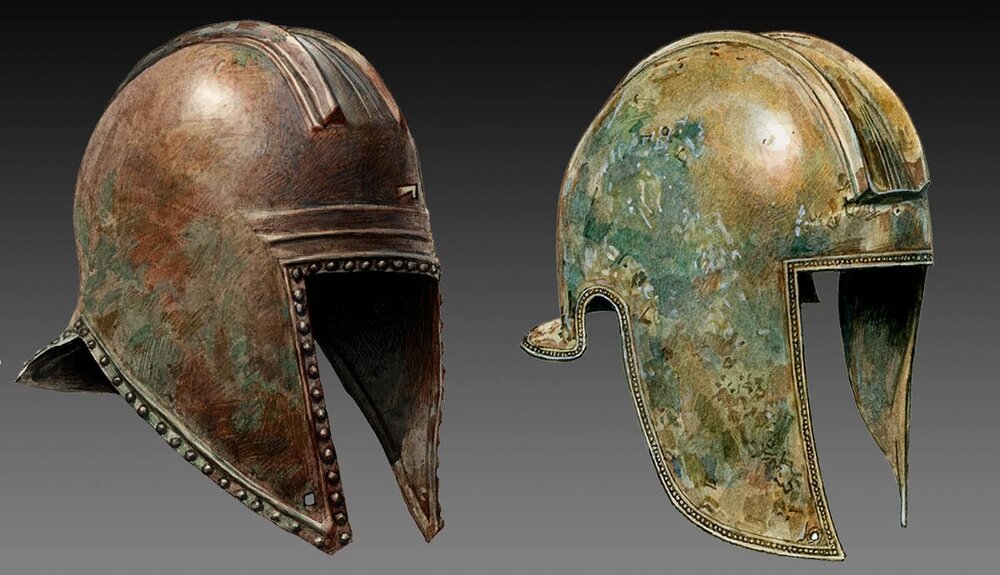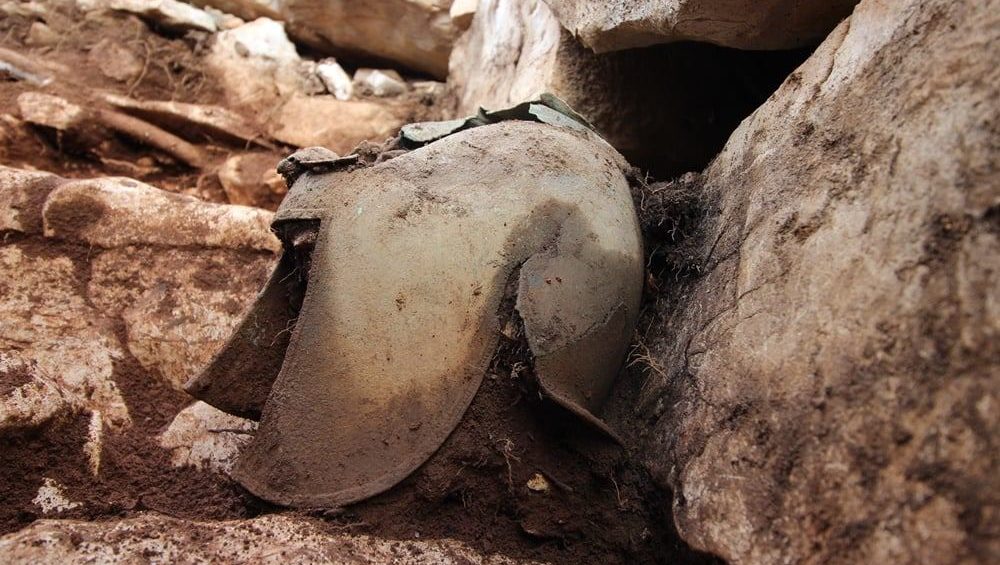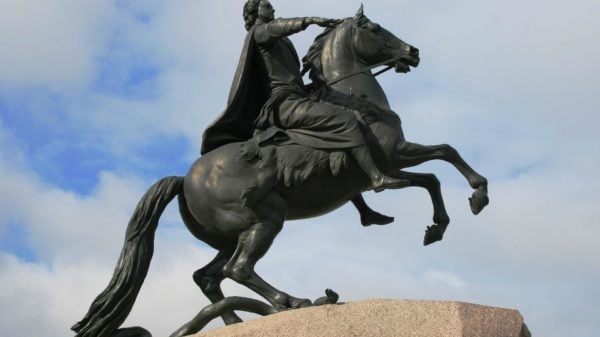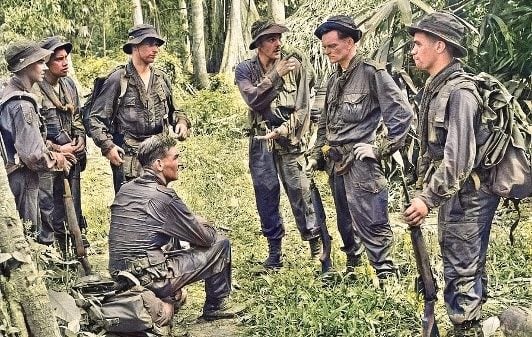Anyone watching the movie “Troy” will be amazed at the Spartans and the Trojans’ fighting prowess. While the movie is based on Homer’s epic poem, the civilizations that exist during that time were real. A recent discovery by an archaeological team provided further proof of these civilizations’ existence when they unearthed a Greek helmet believed to be 2400 years old.
The 2400 Illyrian Helmet
A team of archaeologists from Zagredb University, led by Dr. Hrvoje Potrebica, unearthed a Greek-Illyrian helmet believed to be used in war during the fourth century B.C. The helmet has an open-face design associated with the Etruscan and Scythian tribes of Greece during the 7th up to the 5th B.C. The Illyrians adopted the same helmet design during the 4th B.C. The helmet is believed to have been worn by an elite soldier of the Greek army. Pieces of the soldier’s skull were still lodged in the helmet’s interior because of decomposition.
The Greek Helmet Wars
There were two notable helmet designs during the Greek civilization’s peak – the Corinthian and the Illyrian. The Corinthian helmet associated with Ancient Greece’s Spartan warriors is the most iconic helmet design ever invented. It features a semi open-face design but with a nose guard extending from the forehead. On the other hand, the Illyrian helmet features an open-face design without the nose guard.

Dating the helmet at 4th Century B.C.
Archaeologists have dated the helmet to 4th century B.C. because of its design. Although this helmet design originated from the Peloponnese region of ancient Greece, the helmet was named after the Illyrian region, where most of these helmets were excavated. The earliest version of the Kegel-Illyrian helmet worn in 8th century B.C. is made from five pieces riveted together, not including the crest holder. During the 6th century B.C., the Illyrian helmet was modified to two riveted pieces with a separate crest holder on top. The helmet later developed a more ergonomic design during the 5th century with interior leather paddings for added protection. The latest iteration of the Illyrian helmet during 450 B.C. included cutouts on the side to better hear. The helmet excavated at the Illyrian Cave Sanctuary in Croatia featured a one-piece ergonomically designed helmet with prominent ear cutouts, which indicate that it belongs to the 4th-century design. The crest of the helmet, which is usually made of horsehair, is nowhere to be found and is believed to have long been decomposed.
Other Finds
Archaeologists also found other items along with the helmet, which includes iron spears and knives, female skeletal remains adorning a bronze bracelet, bronze tweezers. Bronze and silver fibulae were also found within the gravesite. These fibulae were used to clasp or hold Greek garments together. Because the fibulae found were made of bronze and silver, this indicates that the grave belonged to somebody of wealth or stature. There were also high-quality and luxurious Greek vases found in the same gravesite.
Zagredb Univeristy sends out teams regularly to the Illyrian Cave Sanctuary with hopes of finding items of historic relevance to the region.


















